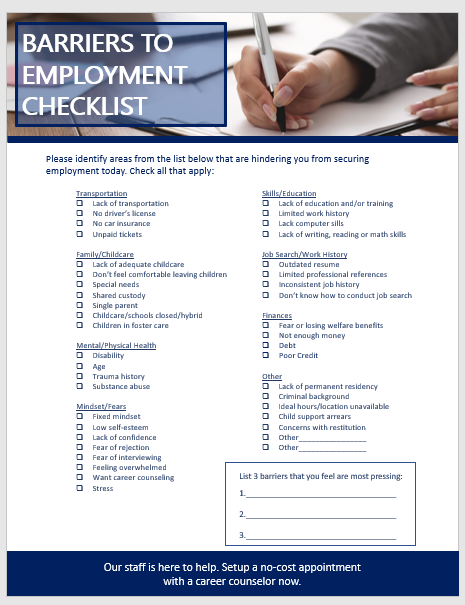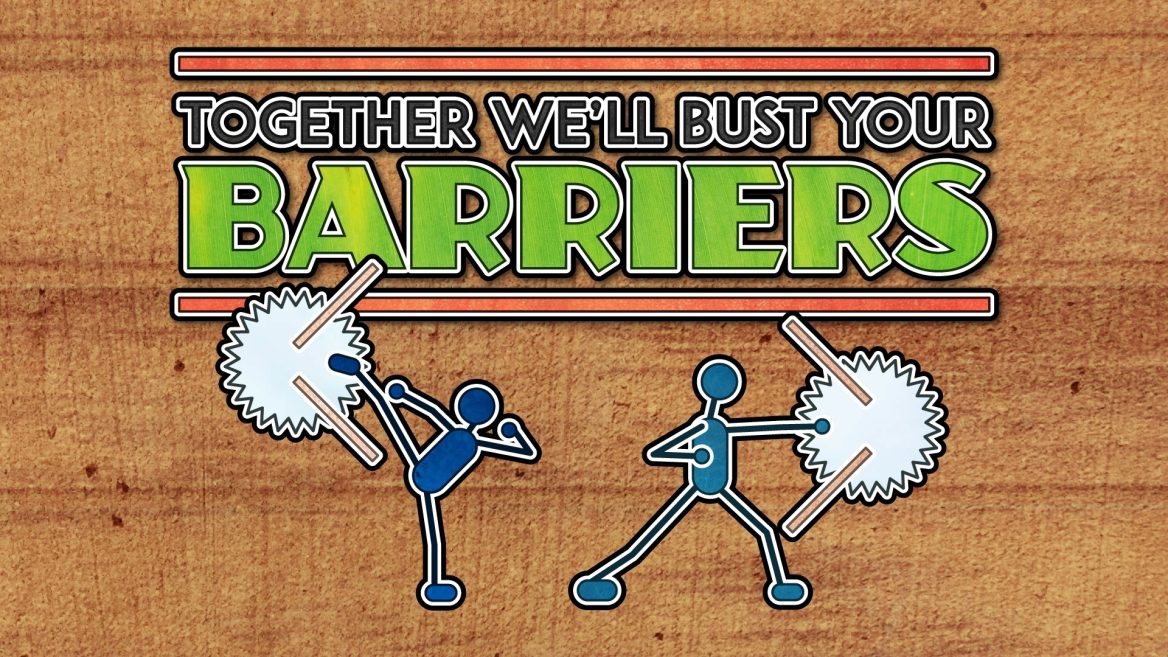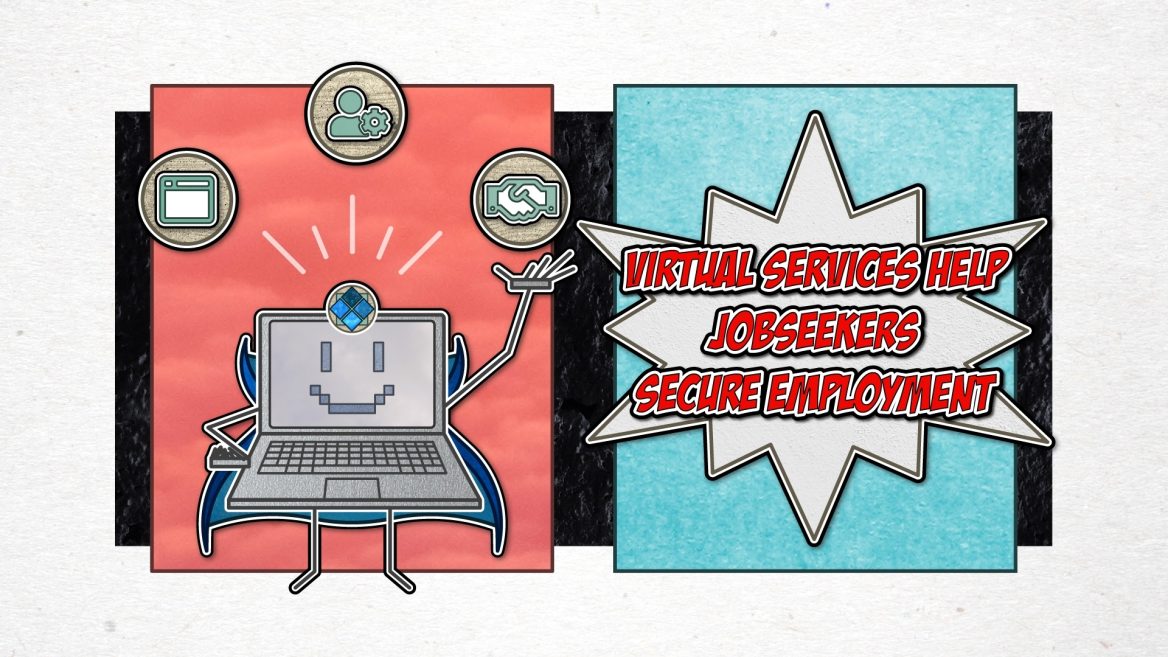5 Best Virtual Practices AJC’s Can Use to Help Jobseekers Overcome Barriers to Employment. Bonus Freebie: downloadable barriers checklist!
With unemployment at an all-time high due to the COVID-19 pandemic, it’s no surprise that Local Workforce Development Boards (LWDBs) are busy helping clients overcome a long list of newly emerging barriers to employment (free checklist here). That’s why it’s critical to prioritize the development of new program strategies, including virtual services, for clients.
As regions leverage opportunities for workforce development, new virtual strategies must include online options, especially when it comes to job searching and training. For more information on that, check out this recent blog on virtual job search.
In this article, you will learn about the latest advances workforce boards and American Job Centers (AJCs) are implementing in order to better serve in-need populations looking for work. We will also share innovative community resources and service strategies that all jobseekers, including Veterans and youth, can connect with remotely.
One helpful document, which can be provided directly to new clients or even offered as a free downloadable resource to clients is this Barriers to Employment Checklist.

This checklist is often used by workforce development professionals to help their clients identify, and eventually overcome their barriers.
Specifically, the checklist will generate conversation around:
- Identifying barriers that stand in the way of securing employment
- Addressing barriers by finding resources and solutions
- Eliminating barriers by taking action through goal-setting and improvement plans
What tools and resources are most effective to assist clients to secure employment and become self-sufficient? The service strategies outlined below were created by using direct client input. By working with and listening to clients and collaborating with regional partners, career navigators and business services representatives, LWDBs have designed easily accessible resources and barrier-breaking solutions.
What are the most common barriers to employment? A 2020 Monthly Labor Review report conducted by the Bureau of Labor Statistics on employment and unemployment in the U.S. showed the most common barriers include:
- Childcare and family issues
- Housing instability
- Disabilities and mental or physical health issues
- Crime and substance abuse
- Lack of education or training
- Lack of transportation
American Job Centers (AJCs) are a big part of a region’s support system and provide many programs and services to assist jobseekers in working toward employment and self-sufficiency.
Check out our 5 best practices to help clients overcome barriers below!
1. More Interactive, Flexible Program Structure
To meet clients’ needs, a flexible, innovative, and demand-driven approach works best to guide the structurally unemployed toward financial independence. Many AJCs are meeting with clients who have scheduled an appointment, and more frequently, clients are choosing to meet virtually with program staff. Career counselors are now prepared with the right equipment and software to help guide clients through online assessments virtually in order to support career planning and economic self-sufficiency. Job seekers can also access other services that involve support from community-based organizations.
2. Virtual Workshops/Training/Job Fairs
There’s no doubt the virtual classroom setting is changing the way employment services are offered. Remote access to services is helping to shape the labor force in preparing jobseekers for employment. These activities enable AJCs to more effectively serve additional clients while meeting the needs of employers. As a way to enhance existing training options, LWDBs can offer skill-building curriculum offered in the form of online training, workshops and assessments, with live instructors providing guidance and support.
Advancements in the delivery of workforce training such as virtual job preparation workshops are astounding. According to SHRM and a Recruitics survey, 83 percent of in-person hiring events have been canceled, postponed and/or made virtual.
According to Instructor Adam Torr, virtual tools such as immersive simulation experiences for jobseekers are more effective than traditional offerings.
“Learning how to write a resume or improving interviewing skills can be intimidating. Using new technologies and software tends to not only be fun for learners, but also memorable, and ultimately impactful; not unlike a Science teacher conducting an experiment to teach a new concept to their students rather than simply writing on a chalk board.” -- Adam Torr, Instructor
Read more about e-learning advancements in this blog.
With the reality that so many people have lost their jobs and the fact that people are becoming more comfortable with virtual interactions, online job fairs have become a regular offering at most of the AJCs across the country. Experts agree that the main benefit for hosting virtual hiring events is flexibility—for both jobseekers and employers . Not being limited by location and being able to meet anytime, anywhere is very convenient, timely and effective.
3. Direct Career Connections
When skills training, employment workshops, and mock interviews are done, securing a job is the next step. Whether in person or virtually, AJC’s are committed to giving clients professional connection opportunities. It could be a guest speaker talking about career pathways or maybe it’s a virtual job fair that offers the ability for jobseekers to set up a one-on-one appointment with an employer. Fast-track learning programs and boot camps are another example of innovative opportunities to connect clients with potential employers and one step closer to securing a job. Read more about our highly successful boot camps here.
LWDBs are also an information resource for statistical data and reports on the labor force, industries, occupations, employment projections, wages and other important labor market and economic data, that helps clients understand the economy and make informed labor market choices for their region.
4. One-on-One Mentoring
Many LWBDs are now taking customized service a step further by setting up mentoring programs with interested employers. Employers are able to share knowledge and ensure professional connections are offered directly within a client’s specific industry. Meetings between employers and clients can take place via video conferencing software.
5. Support Resources
Being ingrained in a local community is the key to helping provide clients with the resources they need to overcome barriers related to drugs and alcohol, mental health, childcare and transportation. AJCs strive to provide all-inclusive services by addressing all areas of need when it comes to a client’s life challenges. AJC staff are committed to personally helping connect the dots between clients and specialized agencies in the community. One-on-one facilitation and support groups are also options.
AJCs play a critical role in supporting our workforce system and we hope that some of these ideas can be helpful to your local regions. If there’s anything we can do to help further your thinking on important workforce topics like this, we’d love to connect with you to offer support or additional resources.
Our workforce experts are ready to help you learn more about using these strategies to help your clients gain self-sufficiency and employment.
Contact us today!


